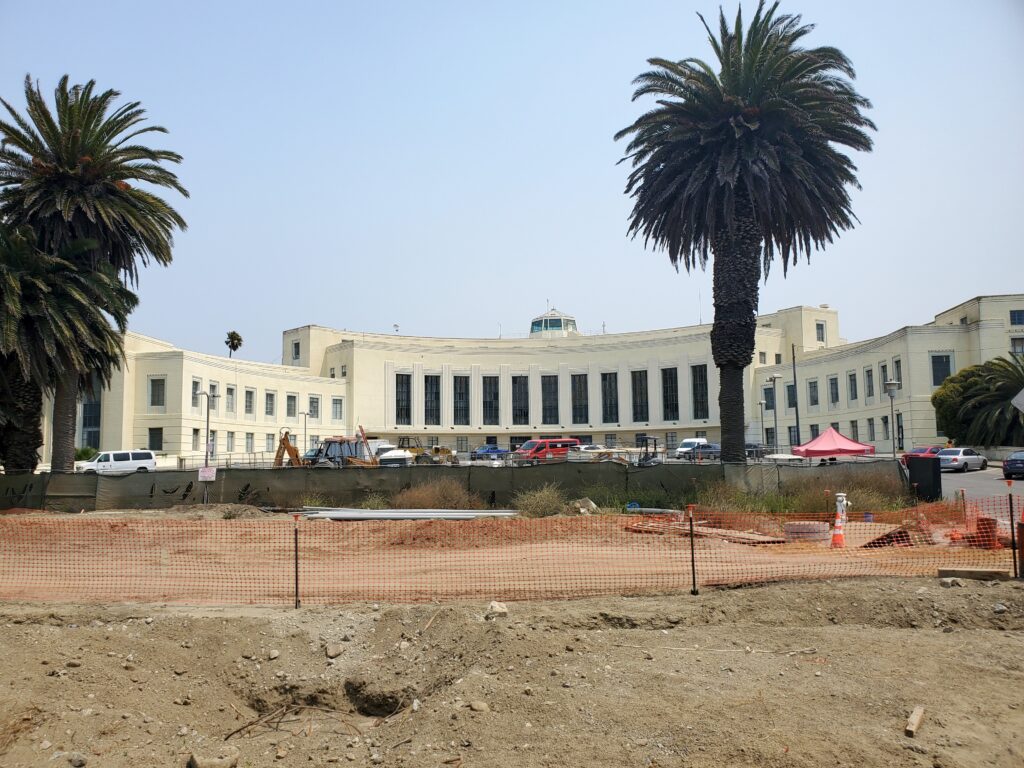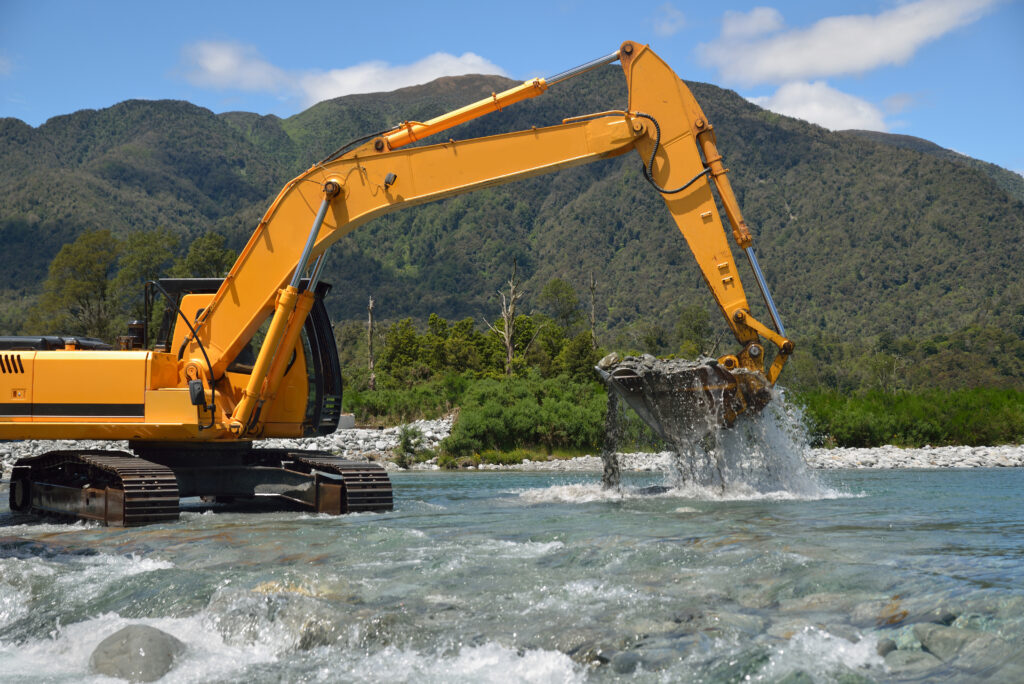Adanta assisted NAVFAC EXWC and NAVFAC Headquarters in reviewing 38 legacy sites with significant soil and groundwater impacts to identify opportunities to optimize the portfolio of sites from a response-complete-date, cost-to-complete, exit strategy, and/or risk-reduction perspective. Among the sites covered included the following:
– Naval Station (NS) Newport, Rhode Island
– Allegany Ballistics Laboratory, West Virginia
– Naval Air Base Little Creek, Virginia
– Marine Corps Air Station (MCAS) Cherry Point, North Carolina
– Marine Corps Logistics Base (MCLB) Albany, Georgia
– Naval Weapons Industrial Reserve Plant (NWIRP) McGregor, Texas
– NAS Jacksonville, Florida
– Marine Corps Base (MCB) Camp Lejeune, North Carolina
– Naval Undersea Warfare Center Keyport, Washington
– Joint Base Pearl Harbor-Hickam, Hawaii
– Naval Support Facility Indian Head, Maryland
– NS Bremerton, Washington
– NAS Fallon, Nevada
– Fleet and Industrial Supply Center Norfolk, Virginia
– NS Norfolk, Virginia
– NWIRP Bedford, Massachusetts
– NWIRP Calverton, New York
– MCLB Barstow, California
Many of these sites had ex-situ treatment systems like pump and treat that had been operational for many years, but this technology may no longer have been effective. Other sites may have implemented in-situ treatment, such as bioremediation or monitored natural attenuation (MNA), to mitigate soil and groundwater impacts. Adanta critically reviewed site history, geologic setting, human health, and ecological risk profiles, and the regulatory framework of the sites. Adanta assisted the Navy in identifying innovative ways of reducing risk, accelerating site cleanup, and reducing long-term remediation costs. As part of the process, Adanta’s staff met with Navy program managers in Washington D.C., conducted the reviews, collaborated with other subject matter experts, and provided a Final Summary Report with findings and recommendations.







